Explore the Best AI Image Gallery
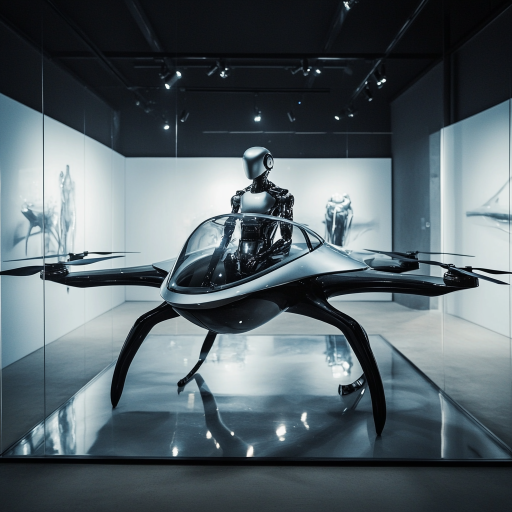
Illuminating the Lens: The Emergence of AI in Product Photography
Artificial intelligence (AI) has infiltrated various sectors of modern life, shaping industries with its transformative capabilities. One such arena witnessing rapid strides due to AI is product photography.
AI Re-defining Product Photography
The advent of AI in product photography has opened avenues for greater creativity, precision, and streamlined processes. Digital photography no longer centers solely around the click of a camera - AI-driven software now plays a significant role in shaping and refining images post-production.
Software like Photoshop have glaring limitations and are time-intense. AI tools, on the other hand, effortlessly remove imperfections and manipulate images to yield high-quality results swiftly. These AI techniques also boost efficiency by automating mundane tasks, such as cropping and background removal.
Democratizing Creativity
AI in product photography aids in democratizing creativity, providing small businesses and individual creators access to professional-level image enhancement and retouching tools. AI solutions remove technical barriers and allow the focus to be on creativity and aesthetic appeal.
Ethical Considerations
Despite its remarkable potential, the rise of AI in product photography raises ethical considerations concerning authenticity and representation. There is a thin line between image enhancement and creation of unrealistic, deceiving representations. Maintaining transparency with consumers about alterations and manipulations in product images is crucial.
Moreover, job displacement is another worry. As automation becomes rampant, there is mounting concern about photography professionals losing their jobs to AI.
The Road Ahead
AI's influence on product photography will continue to escalate. Future trends could include the incorporation of augmented reality (AR) and virtual reality (VR) into AI photography software. This would permit greater interactivity for users, enhancing the overall experience.
Apart from product photography, AI's impact is likely to broaden towards generating entirely AI-created imagery. This hints at a new artistic expression frontier, worthwhile of exploration.
The debate on ethics and AI will also grow more intense. Regulations and guidelines governing AI use in product photography may evolve, ensuring fair use and minimizing misrepresentation.
All in all, though AI in product photography presents its set of challenges and ethical dilemmas, it also brings opportunities to tap into unexplored creative horizons. Thus, it stands to be an indispensable force shaping the future of this industry.


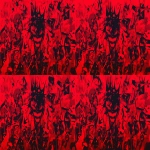


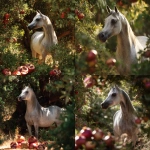

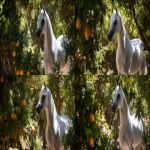





](https://images.ai-img.art/thumbnails/150/baf01e7f997f5bc030aa10831575d8b879a4a6755830df4bcd3dcc93346ef1dd.webp)
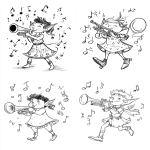



](https://images.ai-img.art/thumbnails/150/e407417f3921a9491278afc6484ec26f3ae374d4543e1a56898e8bcb1e41a0da.webp)

](https://images.ai-img.art/thumbnails/150/ed631f35091268316da1950d8f24949cf71c41220d75ddecc89232e1c28f3653.webp)

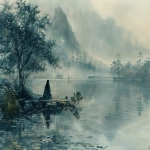
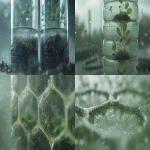

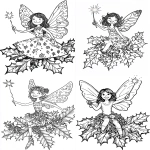

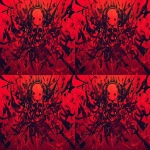



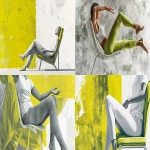
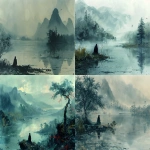
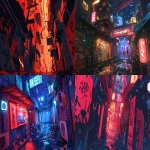
](https://images.ai-img.art/thumbnails/150/fd852e87169bf2f63982b31f7f16a8fa335d75d9536fd48c2b87c7d4b035fa7c.webp)
](https://images.ai-img.art/thumbnails/150/4dfe5499f7f4f9e5aa1613199c58710634f2cba5f57ac7e6717c1d56a9864e1a.webp)









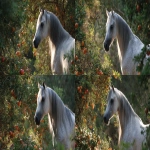
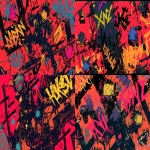
](https://images.ai-img.art/thumbnails/150/56d08b81b5991eca46f50c80b41db4e9ac06c775cbbf5138ea0734d93390316a.webp)

